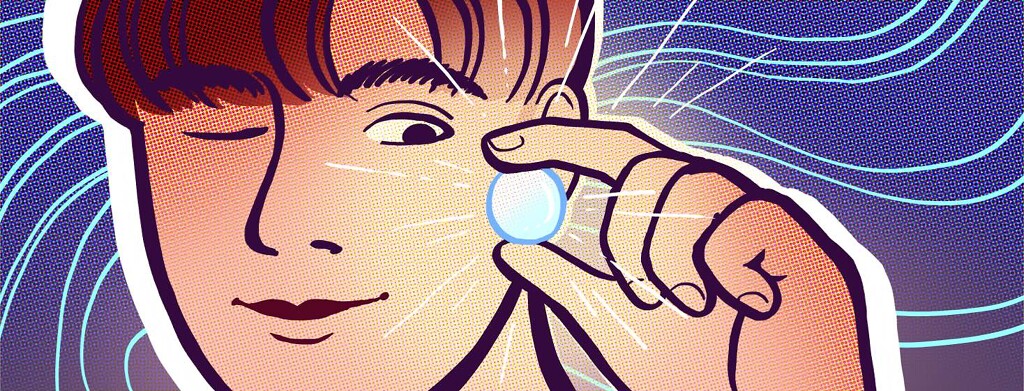Scleral Lenses
When I was diagnosed with chronic dry eye after struggling for ten years, my doctor suggested scleral lenses. I was in the habit of saying yes to anything new the doctors asked me to try, since it seemed like I had exhausted every option in the past ten years.
Having worn contacts for many years before my eye troubles began, I figured I had some idea of what it would be like. However, I discovered scleral lenses are unlike any other lenses I had seen before.
What are scleral lenses?
They are a large, hard contact that rests directly on the “sclera” (the white part of the eye) with a vault over the cornea that holds saline, keeping your eyes hydrated. These lenses are usually somewhere between 15mm-24mm (for reference, a US Quarter is 24mm).1
While this may sound quite uncomfortable, the contacts rest on the sclera, and they can still be comfortable despite their large size. These hard contacts can last 2-3 years, depending on your care for them.
Why consider using them?
Between the scleral lens and the cornea is an area that behaves like a fluid-filled reservoir. This can help continuously bathe the cornea, potentially helping those with chronic dry eye (scleral lenses can also help prevent scar formation from worsening).2
Getting them
Scleral lenses are a process. Being fit for the lenses can take time, with trial and error and lots of appointments to get the fit just right. However, these fittings can be good for those who have eye irregularities, because they can custom fit the lens to the eye and tailor the lens to a person's specific needs.
Putting these lenses in can be a huge learning curve, even for people who are accustomed to putting in contacts, because of the size, weight, and shape. There are small devices that can help you apply the contacts, and a different device to help you remove them. Because these contacts are so large, it may take many tries before a person is able to successfully put in the contacts. The fluid reservoir covering the cornea can mean there is a possibility of air bubbles within the contact that may obscure the vision.
Not getting discouraged
Your doctor can help you the first time you put them in, to make sure you do not injure your eye, but after that, you may be on your own. Learning to properly apply the contacts without getting air bubbles can take weeks and become quite discouraging. But keep going!
There can eventually be a day when a person puts in their contacts perfectly the first time, and I think the struggle will have been worth the effort. The improved vision and constant hydration for the eye have had beneficial long-term effects on the health of my eyes and my overall mental health.
Have you tried or considered scleral lenses? Tell us in the comments below.

Join the conversation